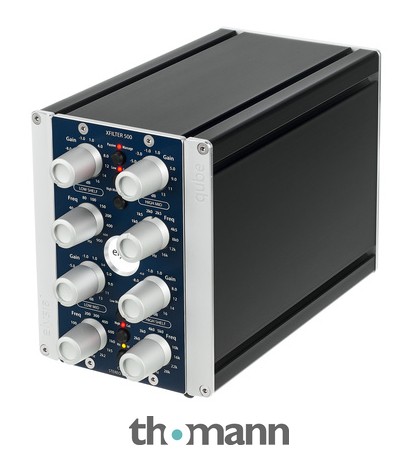- Thread Starter
- #21
Yes, you’re right: no one said soundstage will be improved. Was a mistake, at least soundstage will not be affected as the frequencies that can be localized spatially will still sound from two sources.I don't think anyone said the soundstage, per se, is better. As @Westsounds said, soundstage is an illusion caused by how a person hears the speakers, their distances to speakers, the mix, and how the speakers reflect off the walls. As the sub is a long wavelength filling the room, I don't think it is part of what one perceives as SS.
You will get more even frequency response and a fuller sound. Subs are usually a much larger driver than a speaker's woofer, which in my opinion, gives a more physical bass. But that's me.
When you cut your speakers at 80-85, or wherever, you free up the speaker response so it has better articulation for the mids as it's not trying to do both bass and mids off one surface. Maybe that makes a better SS? No idea on that.
Hum, as articulation will be improved probably so soundstage perception. Or at least instrumental differentiation that was my original worry about subwoofers but finally expressed in terms of soundstage.
As monoaural sound obtained by L+R fusion has poor sound quality because superposition of different phases and time delays, my concern was more about if bass instruments will sound like muffed or blurred. I didn’t formulate the right question…
Nevertheless it was answered by Elebob who told “bass will be more consistent”, my idea of subwoofers was that they increase frequency range or increase bass response but at the price of giving a poorer bass articulation


